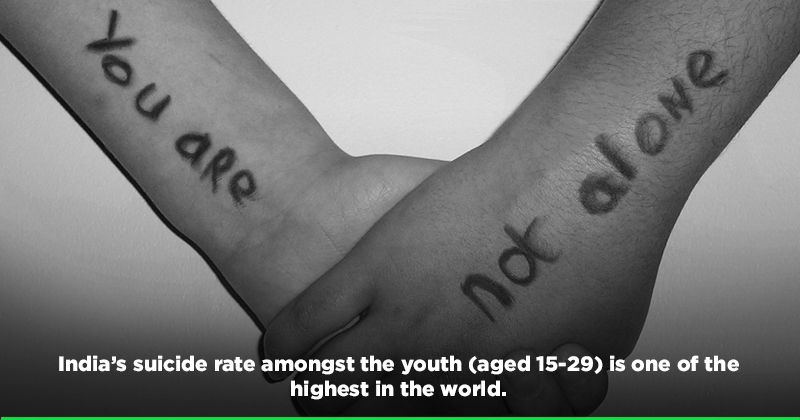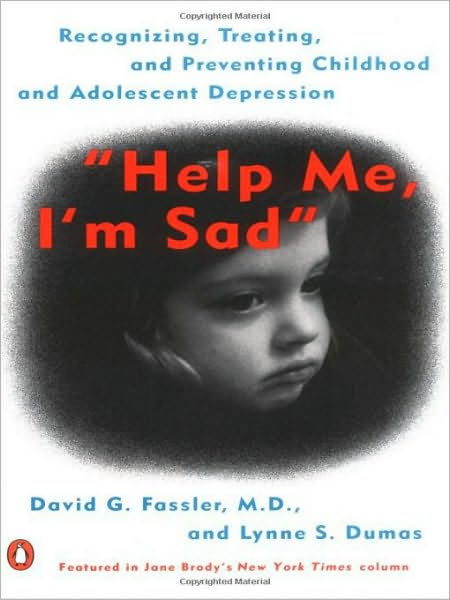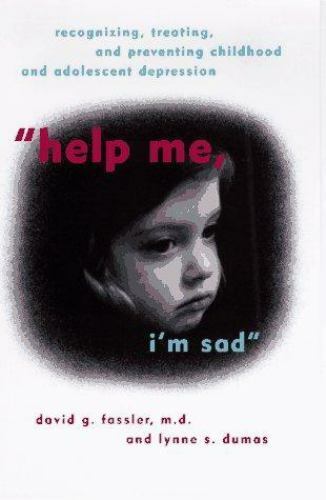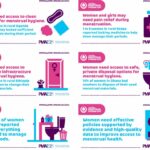Title: Help Me, I’m Sad: Recognizing, Treating, and Preventing Childhood and Adolescent Depression
Introduction
Childhood and adolescent depression is a significant mental health issue that can have long-lasting effects if not recognized and addressed early on. In this article, we will explore the importance of recognizing the signs of depression in young individuals, discuss effective treatment options, and provide strategies for preventing depression from developing in the first place. By raising awareness and sharing valuable insights, we aim to create a safer and healthier environment for our children and adolescents.
1. What is Childhood and Adolescent Depression?
Childhood and adolescent depression refers to the presence of a persistent low mood, loss of interest or pleasure, and related symptoms in individuals aged below 18. It is a serious mental health condition that, if left untreated, can negatively impact a child’s emotional, cognitive, and social development.
2. Recognizing the Signs of Depression in Children and Adolescents
Recognizing the signs of depression in young individuals can be challenging, as they may manifest differently compared to adults. Some common signs include changes in appetite and sleep patterns, withdrawal from social activities, irritability, difficulty concentrating, and frequent expressions of sadness or hopelessness. It is crucial for parents, teachers, and caregivers to be attentive to these signs and seek professional help when necessary.
3. The Importance of Early Intervention
Early intervention is key in managing childhood and adolescent depression. Identifying and addressing depression at an early stage can help prevent it from worsening and causing further distress. It is essential for parents and caregivers to maintain open lines of communication with their children, creating a safe space to express emotions and concerns without judgment.
4. Treatment Options for Childhood and Adolescent Depression
Effective treatment options for childhood and adolescent depression typically involve a combination of therapy and, in some cases, medication. Cognitive-behavioral therapy (CBT) is often the primary therapeutic approach, helping individuals develop healthy coping mechanisms and challenging negative thought patterns.
5. Preventing Childhood and Adolescent Depression
Preventing childhood and adolescent depression requires a multifaceted approach that involves various stakeholders, including parents, schools, and communities. Here are some strategies that can help:
5.1. Nurturing a Supportive Environment: Creating an environment where children feel loved, supported, and validated can provide a strong protective factor against depression. Promoting healthy relationships, effective communication, and positive reinforcement can all contribute to a child’s well-being.
5.2. Encouraging Physical Activity: Incorporating regular physical activity into a child’s routine can help reduce the risk of developing depression. Exercise has been shown to release endorphins, improve mood, and alleviate symptoms of depression.
5.3. Teaching Emotional Intelligence: Educating children about emotions, emotional regulation, and healthy ways of expressing feelings can enhance their overall emotional well-being. This includes teaching them how to identify and communicate their emotions effectively.
5.4. Providing Accessible Mental Health Services: Ensuring that mental health services are accessible and available to all children and adolescents is crucial. This can include school-based counseling programs, community support services, and parent education on mental health.
Conclusion
Childhood and adolescent depression is a prevalent and serious condition that requires awareness, understanding, and action. By recognizing the signs, seeking appropriate treatment, and implementing preventive strategies, we can create a society that supports the mental well-being of our children and adolescents.
FAQs (Frequently Asked Questions)
1. Can depression affect children as young as five years old?
– Yes, depression can affect children of all ages, including those as young as five. It is important to be aware of the signs and seek professional help when needed.
2. Are there any natural remedies or alternative therapies for treating childhood depression?
– While natural remedies and alternative therapies may have some benefits, it is crucial to consult with a mental health professional for appropriate treatment options.
3. Is childhood depression a result of poor parenting?
– No, childhood depression is not solely caused by poor parenting. It is a complex condition influenced by a variety of factors, including genetic predisposition, environmental stressors, and brain chemistry.
4. Can childhood depression lead to other mental health disorders in adulthood?
– Yes, untreated childhood depression can increase the risk of developing other mental health disorders in adulthood, such as anxiety, substance abuse, and recurrent depressive episodes.
5. How can teachers support students with depression in the classroom?
– Teachers can support students with depression by creating a supportive and inclusive classroom environment, providing academic accommodations when necessary, and being vigilant about any significant changes in behavior or performance.
Gallery
From Recognising The Signs To Seeking Out For Help, Here’s How We Can

Photo Credit by: bing.com / suicides recognising
Help Me, I'm Sad: Recognizing, Treating, And Preventing Childhood And

Photo Credit by: bing.com / help depression
Help Me, I'm Sad : Recognizing, Treating And Preventing Childhood And

Photo Credit by: bing.com /
Barriers To Depression Treatment | Community Reach Center

Photo Credit by: bing.com / depression treatment prevents obtain steps taking seek why
"Help Me, I'm Sad" : Recognizing, Treating, And Preventing Childhood

Photo Credit by: bing.com /






